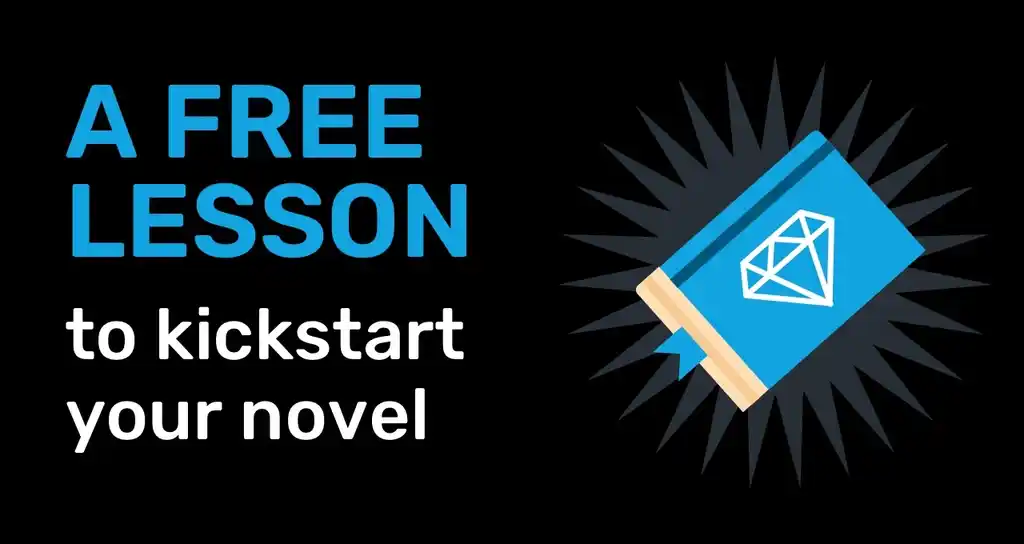Getting endorsements is an important part of the book launch process. Good endorsements from reputable individuals can be used in many different ways to help you spread the word about your book and give potential buyers confidence in you as an author. They can appear on the cover and inside pages of your book, they can be added to your website and Amazon page, and you can use them in your email and social media marketing campaigns.
But when I first bring up the notion of securing endorsements to my author clients, their natural response is often “Okay, great. But I don’t know anyone. How am I going to get people to endorse my book?”
It’s a good question. In my experience, getting endorsements isn’t easy, but with a little planning and some committed effort, anyone can gather a large number of quality endorsements to launch their book campaign!
How? Over the years, I’ve run many “endorsement campaigns” for my clients, all of which have generated at least 15 endorsements and in many cases more like 20-25. Here’s the process I use:
1: Finish Your Manuscript (Kind of)
If you’re going to reach out to people to endorse your book, it’s important to have your manuscript ready to send to them so they can start reading it. Not everyone will want to read the whole thing before they endorse, but it’s a good idea to have it ready for those who do. The manuscript doesn’t have to be FINAL. It can be an “uncorrected proof”, which basically means that the content is finished, but it’s being proofed. And it can be in a digital format, though I find that many people prefer to read a hard copy. You can get print copies of your uncorrected proof (aka Advanced Reading Copies or ARCs) from your publisher, or if you’re self-publishing, you can get them printed yourself.
2: Determine Your Target Audience
In order to determine the kind of endorsers you want to go after, you need to get clear about who your target audience is. If you have a cookbook and you’re going after urban 20-somethings who want quick, innovative, but not-too-difficult-to-make recipes, then you’re going to want endorsers whose names or titles would appeal to this demographic. Once you’ve figured out your demographic, it’s time to make your list(s).
3: Make A List
This is my favorite part of the process, as it gives you a chance to think as big as possible. Oprah? Malcolm Gladwell? The president of Harvard University? It’s important to think about who you want to endorse the book, rather than who you think would endorse it. Take some time to compose a list made up of people who either have a name your target audience would recognize (celebrities or thought-leaders) or who have an authoritative title (other authors, PhDs, professors, CEOs, founders, organizational leaders, etc). I like to divide my lists into two categories:
- People You Know: Everyone knows people who would make good endorsers. These could be colleagues with impressive titles, fellow authors, or old friends. Write down everyone you can think of.
- People You Don’t Know (Yet): Now create a list of people you don’t know who you’d love to have associated with your book.
Do research into your target audience. What other authors are they reading? What organizations might they be familiar with? Etc. I know it seems like a long shot, but you’ll be surprised by how many people are willing to help you out. Anyone who’s ever gotten anywhere has had help along the way, and many people like to pass on the favor.
I like my outreach lists to be close to 200 people, the majority of whom will be in the “People You Don’t Know (Yet)” category. I know what you’re thinking: this is way too many names and will take forever to assemble. It does take some time, but it’s easier than you think, and it’s well worth your effort because the more names you reach out, to the more “yes’s” you’ll get.
4: Create An Outreach Package
Now that you have your list, it’s time to create a package of collateral materials that you can send to people to give them a sense of what your book is about so they can decide if they’d like to endorse it. I like to create PDFs with the following elements:
-
- Your Book Cover
- A one-page overview of the book (similar copy to what you’ll use on Amazon, your website, and the back cover to describe what the book is about)
- Any endorsements you’ve received to date (keep updating the doc as new ones come in)
- Your Table of Contents
- The Foreword and Intro
- The first 3 chapters (or other chapters that best represent the book)
A great tool for creating and editing PDFs is Adobe Acrobat Pro.
5: Craft Your Emails
This may the most important part of your “endorsement pitch”, especially for reaching out to those you don’t know yet. I like to create a standard email, outlining what the book is about and what I’d like them to do (endorse the book), and then personalize it to each potential endorser.
This is key. The more effort you make to connect the core ideas of your book to the endorser’s own work and mission, the better. Make this more about THEM than about YOU. Tell them why you’d like them to endorse the book, how they’ve influenced you, and how you think your book contributes to the causes and missions that they’re passionate about. You can also offer to endorse and promote their work on your own platform, but this should be a minor part of the pitch.
Here's an example:
Dear THEIR NAME,
My name is YOUR NAME and I've recently finished a book that I think you would be interested. It's called TITLE and it's DESCRIPTION OF THE BOOK. I've attached a sample of the book here to give you a better sense of it.
NOW, IN 2-3 SENTENCES, CONNECT THE BOOK TO THEIR WORK OR LET THEM KNOW WHY YOU'RE INTERESTED IN THEM OR HOW THEY INSPIRED YOU.
I'd be honored if you would consider looking at the book, and if it resonates with you, providing me with an endorsement. If you'd like, I can send you a full digital or paperback version of the book, whichever you prefer.
PERSONALIZED CONCLUSION LINE THAT, AGAIN, CONNECTS YOUR WORK TO THEIRS.
Thanks for your time and consideration,
YOUR NAME
Of course, you shouldn't use this template word-for-word. Put your own spin on it: show your personality, and write an email that's going to get them interested.
6: Start Reaching Out
Now that you’ve assembled your list, your materials, and your emails, it’s time to start sending! While you can create template emails, it’s important to send each of them out individually so that no one feels they are being mass-emailed. Start with the group of “People You Know” as you will get a much higher response rate and it will start to build your confidence. Plus, you can start to incorporate their early endorsements into your outreach and create a kind of snowball effect.
Once you get some momentum from the people you know, it’s time to start sending emails to the people you don’t know. I like to send them out in waves of 20 or so (again, sent one-by-one). I tend to get a 20% response rate on these kinds of emails, so the more I send at a time, the more responses I’ll get. . . and it will help to keep the momentum going (which is so important!). Make sure to keep a good list of who you’ve contacted and how they’ve responded.
7: Follow-Up!
With any luck (and I guarantee you’ll have luck), you’ll start getting a lot of commitments to endorse from the people you reach out to. Once people get back to you, they’ll ask for a timeline and a manuscript (either digital or print). Make sure you follow up immediately and then follow up again near the deadline you’ve given them. In my experience, even those who are enthusiastic about endorsing might procrastinate or forget to do it. A little respectful “reminding” goes a long way.
8: How to use your endorsements
Once you start receiving your endorsements, you can start using them across your platform. In many cases, you’ll use only excerpts of the endorsement in order to fit the medium. It’s okay to do this without getting permission from the endorser unless you change any of the wording. Here are some ways to use your endorsements:
-
- Book Cover: I like to include 3-4 of the best ones on the back cover of the book, and if you have a really great one, you can add it to the front cover.
- Inside Pages: I also like to include some endorsement pages on the inside of the book where you can list all of them.
- Amazon page: You can add as many endorsements as you like to the description section of your book’s Amazon page. The best way to do this is to set up an Amazon Author Central account, which will allow you to edit all of your books.
- Website: I like to sprinkle the best endorsements out across the book’s promo page on your website.
- Social Media: You can post your endorsements on your various social media channels (Facebook, Linked In, etc.), and make sure to tag the accounts of the endorsers.
- Email campaigns: If you have an email list, consider sending an email out with your favorite endorsements.
- More marketing materials: You should basically incorporate your best endorsements into all of your marketing materials wherever they may be!
There you go! That’s the process I’ve used to run my endorsement campaigns. I’m sure there are plenty of other tricks out there that I’ve yet to encounter, but this strategy has worked well for me and my clients. If you're looking for someone to help you with your next launch, send me a request on Reedsy and we can get talking.





